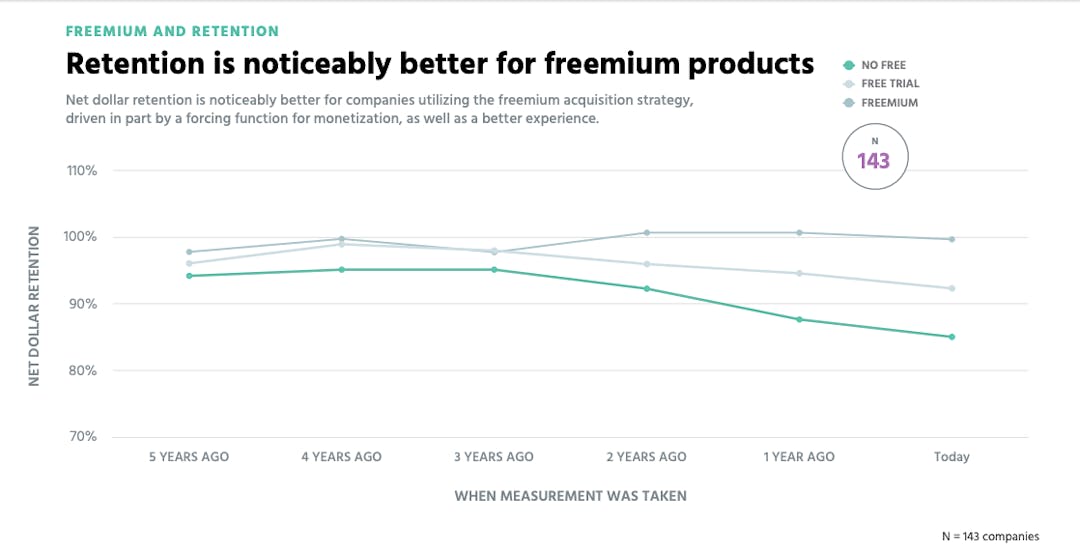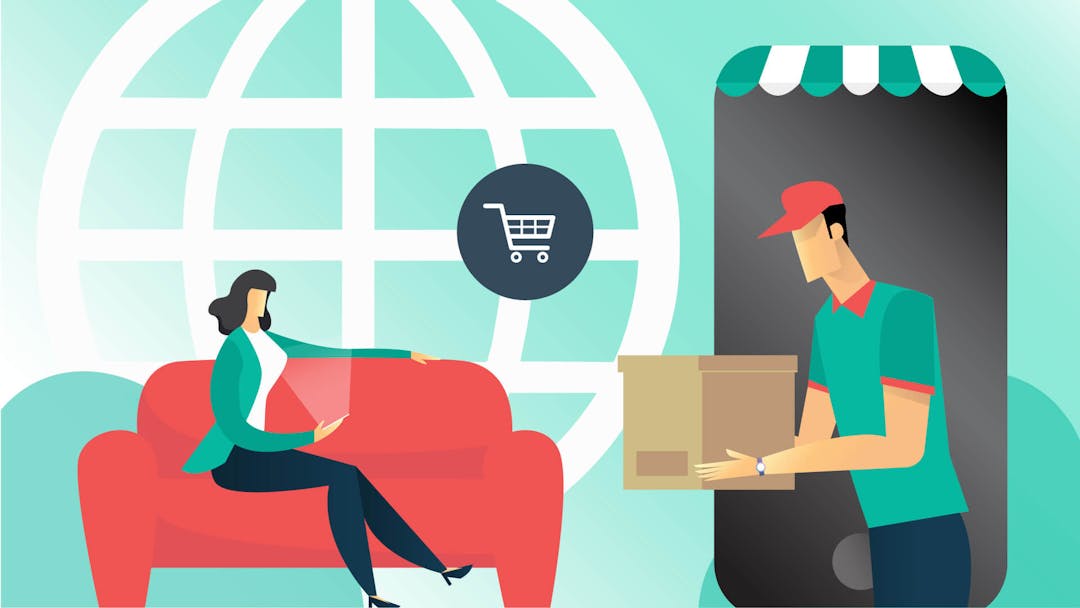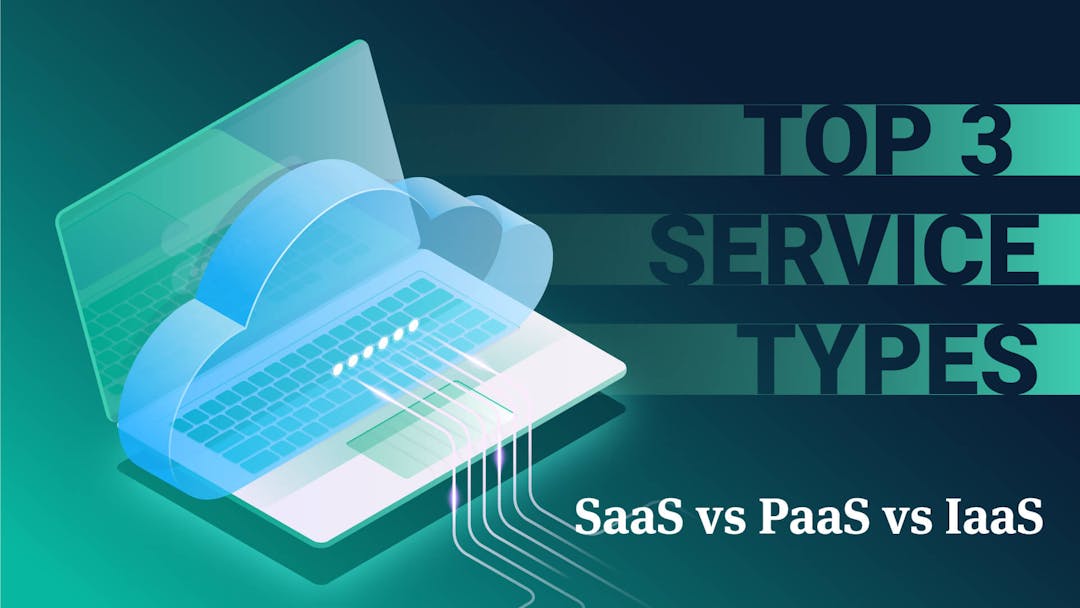Let’s say you’re a fan of video games, and you just bought the latest Xbox.
But, what’s the point in owning an Xbox without a controller and a few games?
It would just be a hunk of metal, some wires, and plastic.
Knowing this, you spend an extra few hundred bucks on your favorite video games and enough controllers to play them with your friends. Little did you know, there’s a pricing strategy hard at play—captive product pricing.
You’ve seen it in more places than one, especially for physical products like a video game console. But, it’s relevant to SaaS as well.
I’ll explain the components of captive product pricing, some examples, and what ProfitWell recommends with this pricing strategy.

What is captive product pricing?
Captive product pricing is the pricing of products that have both a “core product” and a number of “accessory products.” It’s a pricing strategy that takes advantage of a product that will be used primarily to attract a large volume of customers. Captive product pricing is typically seen more with physical products, like a printer and ink. However, SaaS companies hone in on this strategy by focusing on add-on features.
Captive product pricing falls under product line pricing, which involves the separation of goods and services into cost categories in order to create various perceived quality levels in the minds of customers. Product line pricing maximizes profits by positioning new products with the highest number of features, or with the most cutting-edge individual features priced higher, coupled with a less-expensive base product.
The 2 factors of captive pricing
Captive product pricing is twofold, so I’ll go over each component—the core product and the captive product.
The core product
The core product is priced more affordably than the captive product. It’s the main item that you only buy once. Customers are attracted to the low price offering of a core product, but companies can still make a profit off of the captive product.
When pricing the core product, companies need to consider factors like supply and demand and cost to produce. The same goes for the captive product. The captive product’s price may even impact sales of the core product. If it’s too expensive, then customers may look for alternatives.
The captive product
The captive product is meant to enhance the core product. Essentially, without the captive product, the core product serves no value. This is why the captive product is priced more expensive than the core product. People are attracted to the low price of the core, main product, then have to continually buy the more expensive captive product in order to continue gaining value.
Make note—captive product pricing must be done carefully because the pricing of a core product could impact the perceived value of the captive product and vice versa.
3 real-world examples of captive product pricing
You’ve definitely seen captive product pricing before, without even realizing it. Here are a few examples:
Coffee maker and coffee pods
The first example that has taken over many homes and offices is the single-serve coffee maker with pods to brew. A standard single-serve coffee maker, like a Keurig, is priced at about $90. The coffee maker itself is the core product. For what you’re getting—unlimited coffee at home, any time—that’s a good price. And, it’s an investment that’s surely to last. People will pay for product longevity.

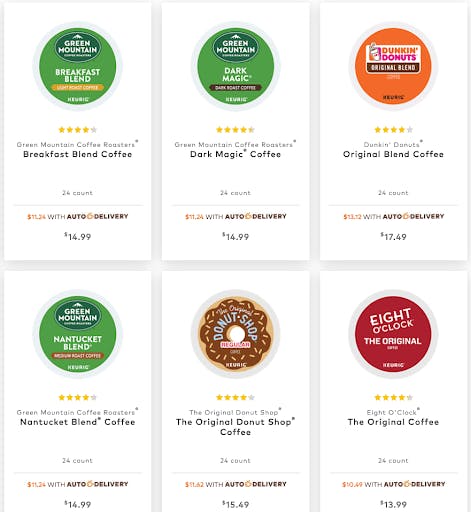
What’s the use of a Keurig without those beloved coffee pods? Nada.The coffee pods are the captive, or accessory products, in this example. A 24-pack of coffee pods cost anywhere from $15-25 a box. It doesn’t seem expensive, but when you do the math it adds up quickly. Let’s say you need 50 pods to get you through the month, also accounting for days you entertain or need extra caffeine. If you pick the cheapest option, $15 a box, and order two boxes a month, that’s $30. By the end of the year, you’ve now spent $360 on coffee pods alone. I’d say, even though you spent less than $100 on the core product, Keurig is making out just fine thanks to the captive product.
Printer and ink cartridges
Next up: printer and ink. Printers are not overly expensive, but ink notoriously is a little pricey.
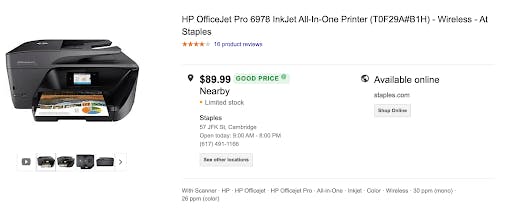

You can buy an HP printer for less than $100. Not too bad for a hunk of technology. The physical printer, like the Keurig, is the core product. A four-pack of ink costs more than the printer itself—making it the captive product. But, you can’t have a printer without ink. And, printers are a home office essential so people are pretty much forced into this buying situation.
SaaS example
Captive product pricing is not as cut and dry in SaaS as it is for physical products like a printer and ink. The most prominent example I can think of is the freemium model. The lower price offering (the core product) would be a free subscription with the option to add-on more features for an additional fee. With this, you need to communicate with users that the true value of the core product is unlocked when add-ons are purchased.
Another good example: HubSpot. It began by offering a core product that delivered value, yet most of the functionality was put behind paywalls—encouraging users to upgrade. Having this add-on strategy is a great tactic for any company to increase its ARPU overtime.
Why many businesses won’t use a captive product strategy
A captive product pricing strategy is something that depends on your product, so if you don’t have a natural, complementary product, you may be out of luck.
Some SaaS businesses may not have tried out the freemium model yet, explaining why you haven’t seen more of this in software. SaaS businesses would need to secure the value provided in their add-ons before taking a captive product pricing strategy to market. By taking on the freemium form, they’ll give their software for free then add limits or restrict functionality to promote customers and convert.
Like any pricing strategy, development takes time and resources. Then, sending it to market requires a certain level of risk younger SaaS companies may not be ready to take.
Does we recommend captive product pricing?
Here at Paddle, we support the freemium model. By offering a freemium model, you are in some respects following a captive product pricing strategy. The best way to take advantage of this strategy is by having add-on features.
We also wholeheartedly believe in a value-based pricing strategy, which is pricing your product or service based on how much target consumers think it’s worth. You can read more about value-based pricing here.
If you’re a subscription business with tangible products, you can certainly find a way to incorporate captive product pricing through one of your core and accessory products (if applicable). Depending on your business and product offerings, captive product pricing may good for you.

